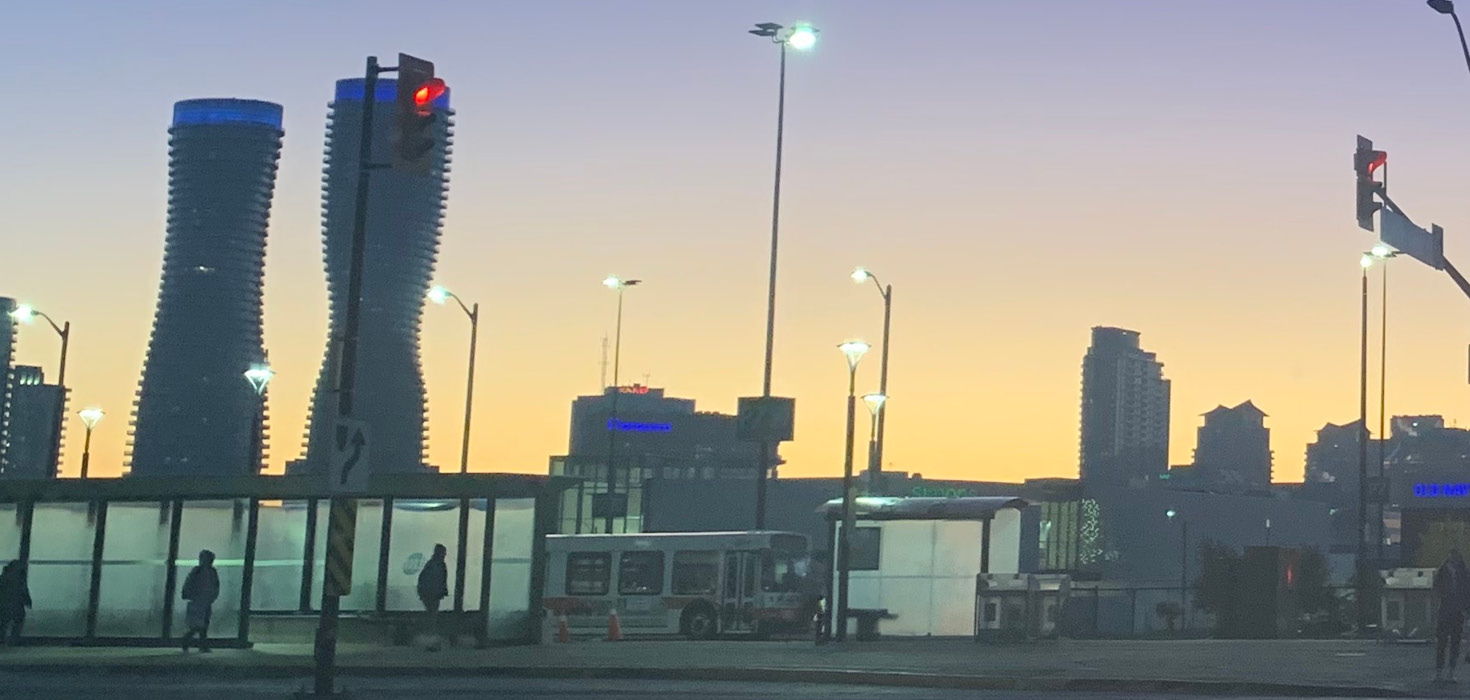Summary
Distinct from the large concentration of residents and workers in downtown Toronto, these mini downtowns serve as smaller central hubs for local communities in cities across the Region.
The Regional Centres (RCs) also host a range of major transit hubs that provide access to workers in the District, and also serve as connection points for commuters traveling to other locations.
Located in municipalities across the Region, RCs represent established and planned urban centres. These centres are home to major transit hubs and a high concentration of retail activity which was impacted by the large drop in consumer traffic due to the pandemic. Successful resurgence of these communities will depend on their ability to leverage their strategic locations, and infrastructure and institutional assets.
Employment figures for Regional Centres
+290,000 jobs (as of 2016)
24,660 businesses (as of 2018)
32km² in geographic size
53% of employees are able to work remotely
Top 3 sectors by employment share:
- Retail trade (12%)
Health care and social assistance (12%)
Public administration (12%)
Challenges and Opportunities for the District
Suburban commercial real estate markets in the region have been experiencing challenging conditions. A lack of convenient and efficient commuting options has created challenges related to congestion, as the vast majority of travel to work occurs by car. At the same time, the demand for industrial space has been booming, creating opportunities for growth for local players.
Impact of the Pandemic
As the pandemic upended our economy, it also drove a surge in e-commerce activity. Businesses in the SMUD were key beneficiaries of this trend as year-over-year growth in e-commerce retail spending averaged 34% between April and December of 2020. However, demand for commercial office space in the suburbs has further declined as many workers shifted to remote work. Still, more workers choosing to move from urban centres to the suburbs may help reverse this trend.
The potential impact of automation on workers in the District has intensified as automation efforts have been accelerated by the pandemic.
Recovery Post-Pandemic and Future Growth
Positioning the District for a successful post-COVID recovery will require stakeholders to address key challenges and leverage opportunities brought about by the pandemic. A rising prominence of e-commerce will require governments to work with business to better protect and assess the demand and supply of employment lands. At the same time, the shift to hybrid work creates an opportunity to reimagine suburban office parks as coworking spaces and as complete live, work and play environments. Increasing automation and technological adoption will also require business to invest in the workforce to align their skills to the jobs of tomorrow.
More Pandemic Recovery & Growth Data
Explore more outcomes from this Board of Trade initiative.





